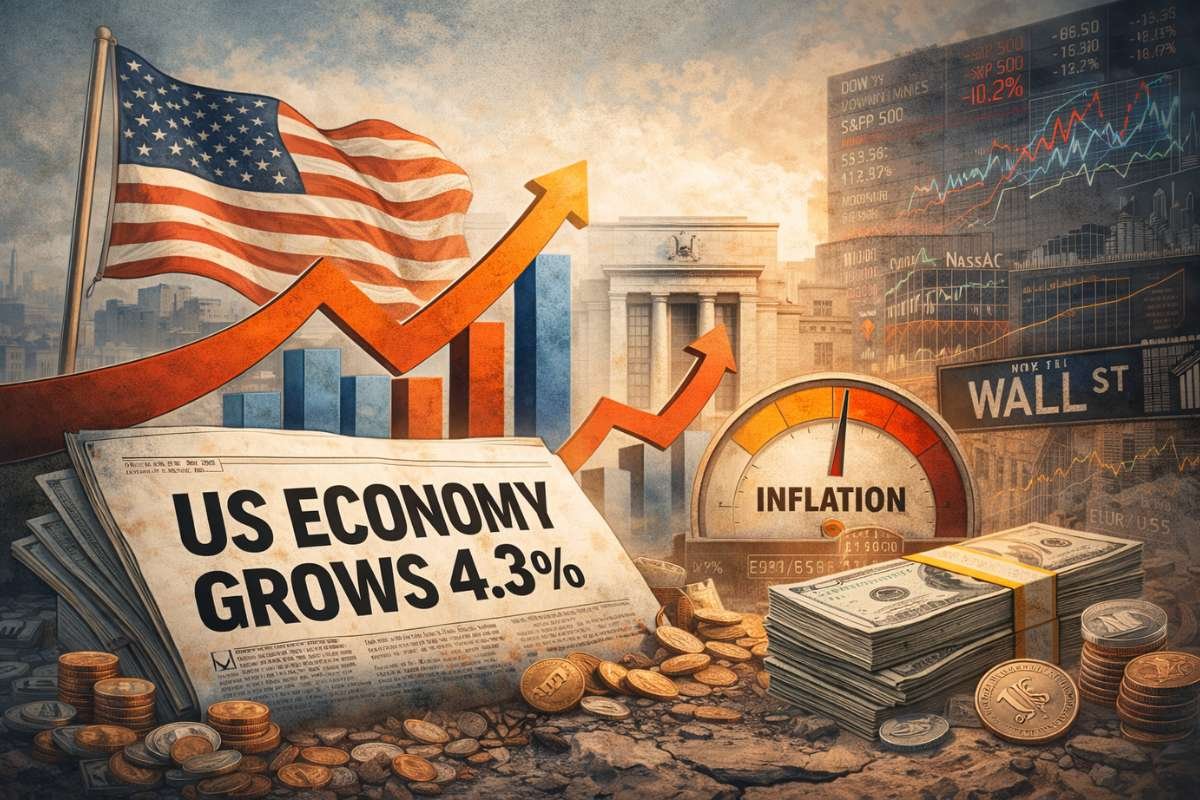Exports Offset Domestic Economic Challenges
China’s economy expanded by 5% in 2024, according to the National Bureau of Statistics, largely driven by surging exports and robust investments in manufacturing. While domestic economic issues, including the fallout from a real estate crash, continue to weigh heavily, a record trade surplus of nearly $1 trillion provided crucial support. Companies in China ramped up exports of electric vehicles, smartphones, and other products as weak consumer spending and a struggling middle class limited domestic demand.
Private-sector investments in new factories and equipment rose by 9.2%, underscoring a shift towards meeting foreign market demand. The fourth quarter saw particularly strong growth, bolstered by a surge in car sales that lifted economic performance to an annualized rate of 6.6%. However, signs of economic malaise remain. Deflationary pressures, declining property values, and reduced consumer purchasing power have eroded corporate profits, leaving questions about the sustainability of growth.
Government Interventions Aim to Stabilize China’s Economy
To combat slowing domestic consumption and rising unemployment in construction-related sectors, the Chinese government has introduced several measures. Infrastructure projects, wage increases for government employees, and bond issuances by local governments are among the strategies deployed to counterbalance declining revenues and job losses in real estate development.
One of the more notable programs has been a “cash for clunkers” initiative aimed at boosting consumer spending on electric vehicles and energy-efficient appliances. Initially slow to gain traction, the program gained momentum after subsidy increases in August, culminating in record-breaking car sales in November and December. However, many subsidies expired at year-end, sparking concerns about a potential slump in early 2025.
Despite these efforts, overall retail sales grew by just 3.5% in 2024, indicating limited success in reigniting consumer spending. Academic economists have raised doubts about whether such initiatives genuinely increase consumption or merely shift spending patterns.
Concerns Persist Over Economic Transparency
Skepticism about the accuracy of official economic data remains widespread. Critics, including Gao Shanwen, a prominent economist, have suggested that China’s actual growth rate over recent years may be closer to 2%. Such dissent, however, comes at a cost. Economists questioning government figures face professional repercussions, with some losing jobs or access to financial markets.
Meanwhile, the economic strain is evident in sectors like construction materials. Wholesalers such as Hou Weitang in Shandong Province report dwindling business, forcing cost-cutting measures to stay afloat. Hou, a veteran of the industry for two decades, described a grim scenario of price wars and reduced profit margins.
While exports have provided a temporary lifeline, the broader economic picture remains uncertain. Weak domestic demand, eroding corporate profitability, and the challenges of managing an export-driven recovery suggest that significant hurdles lie ahead for China’s economy.


















